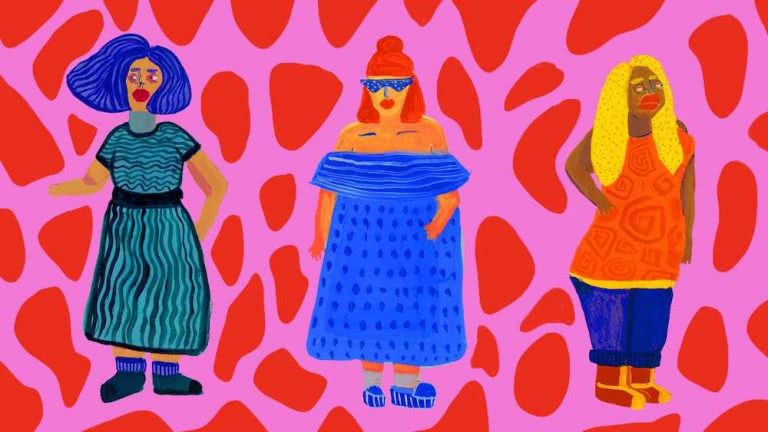In 2019, women were storming the streets and lobbying to have their voices heard over laws which exist to govern their own bodies.
In Australia women are fighting for health and reproductive rights (e.g: Zoe’s US-style law), they’re fighting to end gendered violence, and for equality – a century after International Women’s Day began.
In America, several states passed laws to ban abortion, others took steps to restrict abortion access. In a country where access is already difficult in most areas, a draconian bill could see doctors who perform abortions face life in prison.
And in the same year, at least four Black trans women were killed during Pride Month.
I make note of these things not to shock you, but to give you a small speck of insight into the public war women face regarding their own bodies.
Behind closed doors in private, many women are battling a more subversive, perhaps patriarchally ingrained war: the one which tells them how to feel about their bodies.
Read the below statistics on advertising to any female-identifying person and they’ll shrug and say something to the effect of: “I could have told you that.”
- In magazine ads, more than 50% of women are shown as sex objects
- Ads that show women as sexually powerful still have a negative impact on womens’ body image
- Men are more likely than women to be shown as funny, smart & powerful
- Sexual appeals do not sell products
- Realistic portrayals of women in ads increased purchase intent by 26% among all consumers and 45% among women
- Sexual objectification in ads affects women across their lifespan: young women may develop low self-esteem, eating disorders & body dissatisfaction
- Ads that challenge gender stereotypes are positively received, particularly by women
(Source: Women’s Health Victoria)
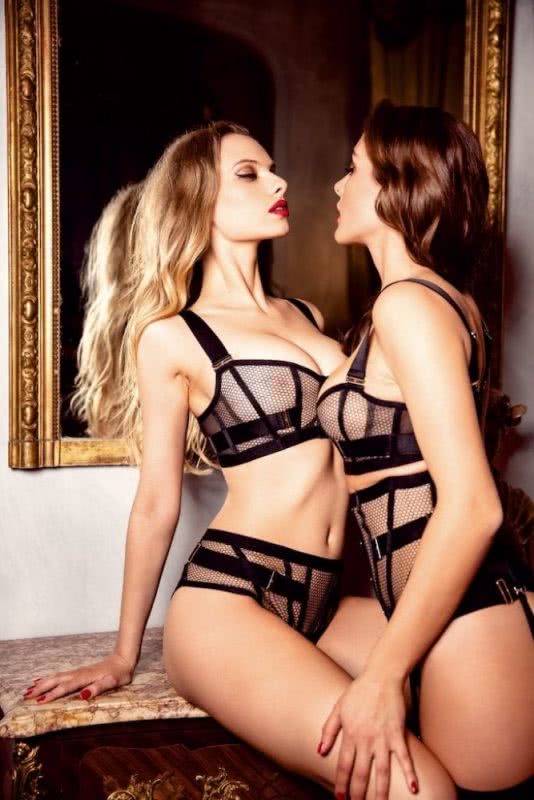
Enter: The Body Positivity Movement
The body positivity movement did wonderful things for updating symbols of beauty. Following the Victorian Dress Reform Movement, which put an end to the trend of tightlacing corsets in the 1850s, the ‘fat acceptance movement’ of the ’60s, and Second Wave feminism in the ‘90s, 2012 saw an increase in women challenging beauty standards.
In 2016, Mattel released a new line of Barbie dolls with the goal to show children there is, in fact, more than one type of body for a woman. However the “Fashionistas” dolls only came with three different body shapes (curvy, petite, and tall), and were still written off as damaging and unrealistic.
When Ashley Graham made the cover of Sports Illustrated Swimsuit and walked the Victoria’s Secret runway that same year, it sparked even more conversations around the definition of beauty. But soon, it became another highly-commercialised societal construct. It also became dangerous to those, who despite their best efforts, could not for the life of them feel positively about aspects of their body.

They were made to think if they couldn’t love and be excited about the skin they’re in, then there must be something truly wrong with them. That their issues must run deeper than skin deep and their struggle to join the body positivity movement was simply another sign they didn’t belong in the society in which they existed.
In her piece for Metro, award-winning blogger and author Stephanie Yeboah (pictured below) said:
“The body positivity movement that we all recognise today does not centre fat people anymore. It has become simply another safe space for slimmer people to feel good about their bodies in a society that already does that for them.”
Enter: The Body Neutrality movement
“To accept ourselves as we are means to value our imperfections as much as our perfections.” – Sandra Bierig, Author.
If we think of the body as a literal vehicle, the body neutrality movement would be the car that gets you from A to B. It doesn’t compare itself with others, and it doesn’t feel it needs to be upgraded each time a new model is released.
Essentially (and this is the last time I’ll literally objectify our bodies) it’s what’s inside the car that counts. With body neutrality, our physicality has nothing to do with how we feel about and define ourselves.
We can accept ourselves just as we are and go against all cultural education around what we’ve been told we should be.
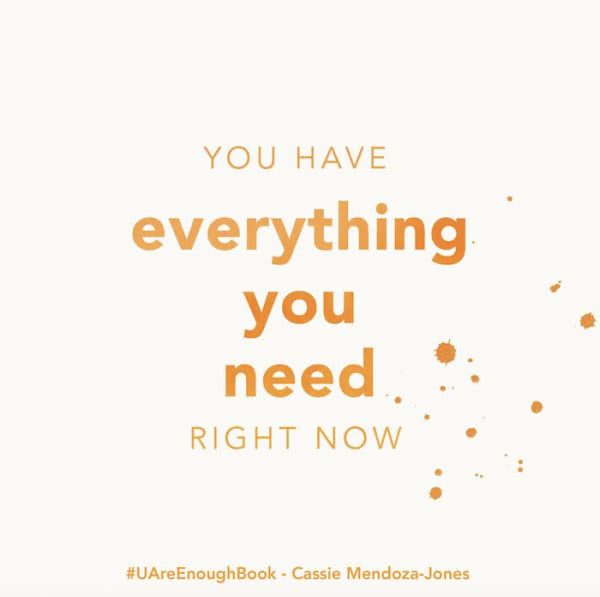
The movement understands that many of us don’t fit society’s ever-changing beauty ideals and instead adheres to a narrative which acknowledges that it doesn’t matter what kind of body you’re in, if you’re a terrible person, you’re a terrible person. Therefore, neutrality towards the physical self is an alternative option.
It also feels more inclusive; body neutrality provides those living with health conditions, disordered eating, body dysmorphia, or physical disabilities a more relaxed view of being at peace in their own skin.
But why don’t many of us walk the walk? Why do we still treat our bodies like status symbols? Why is our body or how we feel about our body a mark of stature?
To help clarify the body neutrality movement and to offer a few first-hand anecdotes, I spoke to Anuschka Rees the Berlin-based author behind the “body neutral survival manual” Beyond Beautiful (published in May 2019); and Arabella Hampshire, a Sydney-based naturopath and health industry professional who has suffered from disordered eating since her late teens.
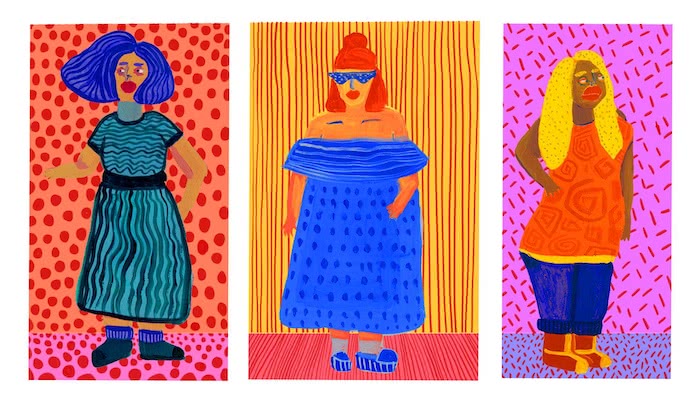
Anuschka Rees, Author
What did you see as the fundamental flaw in the body positivity movement?
AR: To me, body neutrality builds on what body positivity kicked off. Body positivity has accomplished so many things and I completely agree with promoting diversity and inclusiveness and helping people of different ethnicities be seen and heard.
However, I don’t think this is enough. In a sense, body positivity still puts the focus on the body and I believe that we can go one step further than that.
The value of beauty is incredibly inflated in our society and that shapes the thinking of girls and women. An example of this is the fact that “ageing well” is seen as a sign of achievement for women.
The value we give to beauty is what makes the beauty standard we see in the media seem crucially relevant to our own happiness in the first place.
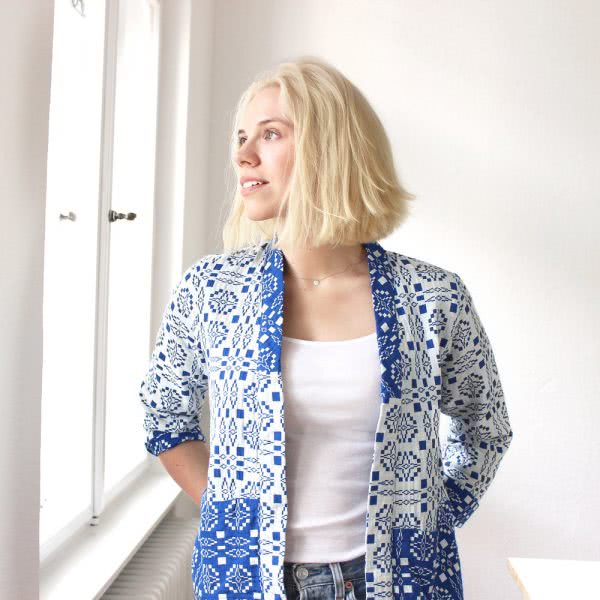
Who do you believe the body neutrality movement helps the most?
AR: The underlying source for body image struggles is the same for the majority of people in society. I believe body neutrality, as a movement, helps those that have always felt that they don’t fit society’s narrow beauty ideals and are frustrated by the blanket idea to “just love yourself”.
Body neutrality is a practical approach and we’ve received a great response from young women and men, mothers and grandmothers, trans and gender non-binary as well as those with physical disabilities.
There was a lot of psychology research that went into your book, what would you say was your most shocking finding?
AR: There are several studies that consistently demonstrate the inaccuracy in the way women see their own appearance. It’s well known that women with eating disorders have a distorted view of their bodies and see themselves as bigger than they really are.
The same is also true for women who don’t have eating disorders and is, in fact, unrelated to their BMI. That is, women of all shapes and sizes see a distorted version of their bodies. One study required women to use light beams to match the size of their cheeks, thighs, waist and hips. The results showed they overestimated their body size by an average of 25 per cent!
Women are not only seeing their appearance more negatively than others do, but also less accurately. We have a tendency to focus on the things we believe need ‘fixing’ and gloss over the rest.
What kind of reactions have you had to Beyond Beautiful?
AR: It has been incredibly positive. People are really open to discussing the topic, sharing the concerns they’ve had with themselves over the years, and it feels like we’re really starting to build a community.
We’ve heard several times that it’s started to change the way people see themselves and react to the media messages that surround them every day.
Finally, how has having a body neutral approach in your own life changed you?
AR: I definitely feel more empowered and in many ways, you could say writing the book was a form of self-therapy for me!
I wanted to write this book to answer questions that I had been mulling over for a really long lime. Questions like, “Is it more empowering to work hard in the gym or accept my body as it is?”
My own body image story is perhaps very similar to many other people’s stories. We know that socialisation occurs very early, and I first started thinking about my appearance at around five or six-years-old.
I went on my first diet when I was 12 and until I started writing this book was dieting on-and-off for years. I became really interested in beauty and makeup at around 14-years-old and poured over the images I saw in magazines.
Basically, I came to learn that I have the power to change the way I look, and I feel better when I do that. I was also, on some level, convinced that much of what happened to me was a direct result of the way I looked. As in, I was missing out on things because I didn’t look pretty enough, or because my body wasn’t good enough.
Now that I’m 30, I mostly can’t believe how much time I wasted thinking about all those things that ultimately don’t matter, at all.
Arabella Hampshire, health industry professional
What has it been like watching the movement grow?
AH: It makes me incredibly happy and proud to be part of the movement! It’s something I really wish was a thing 15 years ago when the start of my body issues began.
What did you see as the fundamental flaw in the body positivity movement?
AH: That it can make some people who do want to lose weight or change how they look feel guilty. If that is something someone wants and it is coming from a genuine place, there is nothing wrong with a desire to change something about yourself.
Everyone is different and it’s very important to not judge someone who doesn’t have a positive body image and who wants to change something about themselves. If you are a supporter of body neutrality or the body positivity movement all you can do is inspire and empower people who don’t have those beliefs, it’s very important to be neutral in it (pardon the pun)!
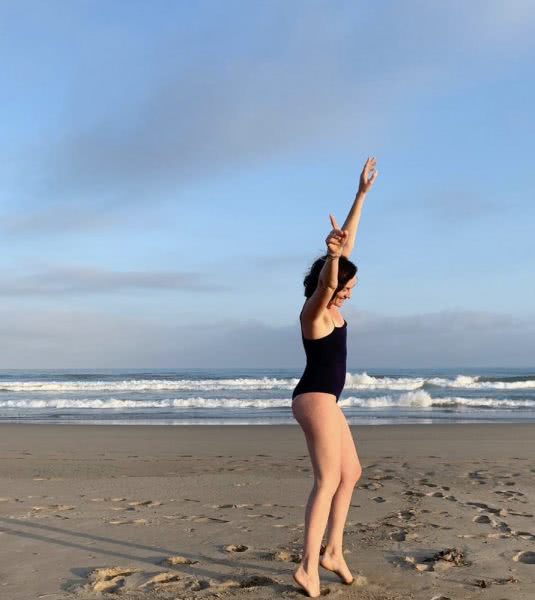
Who do you believe the body neutrality movement helps the most?
AH: I am hopeful that it will help the younger generation of women who grow up with social media as the norm. Those with constant access to images that may make them feel negative things about themselves.
Young women who don’t yet have the self-awareness or self-control that you start to learn later in life can know that they can just log off social media, or ignore their friends’ comments, or ignore the fact that they are a different size to others.
These women don’t yet know just how unique they are in their beauty and that their drawcard in the future is their uniqueness!
Do you have any thoughts on what/who is to blame for conditions like body dysmorphia and constant self-judgement?
AH: I think social media and influencers have played a big part in it. Often it’s well-meaning people that don’t realise that their images or programs cause insecurities in others. You can’t control what other people in the world do, all you can control is your reaction to it.
Magazines and mainstream media were previously the issue and that became more regulated and transparent. But with the rise of social media there is no one saying what image you can or can’t post, and how people will react to it.
It’s now up to the consumer to regulate their use, which isn’t easy since social media is designed to be addictive.
Finally, how has having a body neutral approach in your own life changed you?
AH: It has changed so many aspects of my life. From tiny things like getting dressed in the morning faster because I don’t stand in front of the mirror and fuss about what I see anymore. To large things, like me being more present with my family while I enjoy a meal with them because I am not thinking about the macronutrients or calories, I am just mindfully eating the meal and enjoying my loved ones’ company.
For more information on body neutrality, I recommend the below resources:
Anne Poirier’s body neutrality workshop in New York
What is Body Neutrality? by Happiful
What Is Body Neutrality? by Bustle
The rise of the body neutrality movement by The Guardian
The illustrations in this article were created by Rosemary Vasquez-Brown. See more of Vasquez-Brown’s work on Instagram at @glenn_rose.































